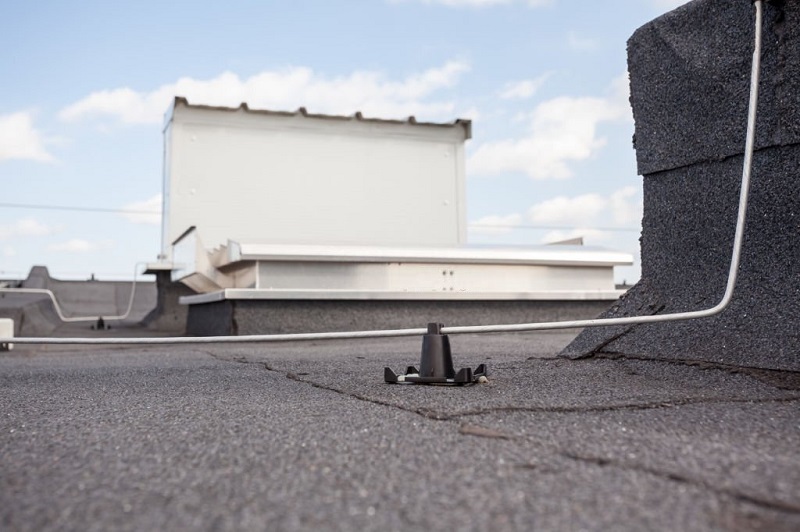You might have known a thousand things about lightning and lightning protection- still an expert can tell you a number of things that you might not have known before. As for example, lightning can strike randomly, without making you understand a single moment that it is going to happen. And there are specific places and buildings, which can be more vulnerable to lightening than that of others.
A Misconception
How far, do you think that people around you are aware about ‘lightning-proofing’ their homes and workplaces? There are many around you, of course- but if you take some time to enquire with them, you will know that most of them have given the investment a thought only after its neighbors, friends or any near and dear ones have actually faced the dire consequences of the ‘strike’. This is, in fact, a common trend that has been on for ages- as most people still think that Lightning Protection in Virginia would be the last thing that they will need for their sweet homes, because lightning is, by itself, something very ‘unlikely’.
Debunking The Myth
However, not all homes might need a lightning protection arrangement. It can, as a matter of fact, is more prone to hit the tallest thing that it finds in its way to ground. So, its effects are more prominent in the chimneys, roof tops, edges and corners of buildings, vents and any other tallest point of a structure.
That being said, there is a question can you cannot afford to miss asking yourself… “is your home that tallest one around your neighborhood? Are the trees around your place taller that your buildings? Is the highest point of your building appear to be the tallest spot of your area??? If any of the above asked questions meet with an assertive answer, you perhaps know the right way to tread on. Now there are many more things that you might need to refer to before calling a lightning protection company.
Geography and Topography
When it comes to lightning protection, the geography of a place is something that you cannot ignore. In the USA, Florida is of course rated as the most thundering prone area across the land, but if you check the website, you can see that Virginia does not lag behind in the list of lightning prone states. You can refer online, especially a map showing lightning frequency to know how frequently ‘it’ strikes at your location. Doing so, you might get a clue on which way to go.
Another important thing to consider is the topography of the place. For example, locations near a ridge or a hilltop can be more lightning prone than that of places, which are located in valley or plain lands.
How Gizmo Freak Are You?
Love your ‘fully’ or ‘mostly’ automated home and the gadgets you own have made you a neighbor’s envy? Well, having too many high-end electronics can bring in bad news to a homeowner, especially if he or she lives in a thunder and lightning prone area. You might never have known but lightning can be so powerful that it can strike a power line from a distance as long as a mile (and sometimes even more). No wonder that, sites like processing units, storage tanks (especially of oil and gas), communication towers, refineries and others are more vulnerable to the effects of thundering strikes. Same is prevalent with phone wires, as well as cable wires.
Lightning protection can bring about power surges, and this is what no machineries can tolerate for a long time, thus ultimately giving up. So lightning protection is something that you cannot go without.
For more information available at https://www.lovelyhomestory.com/
